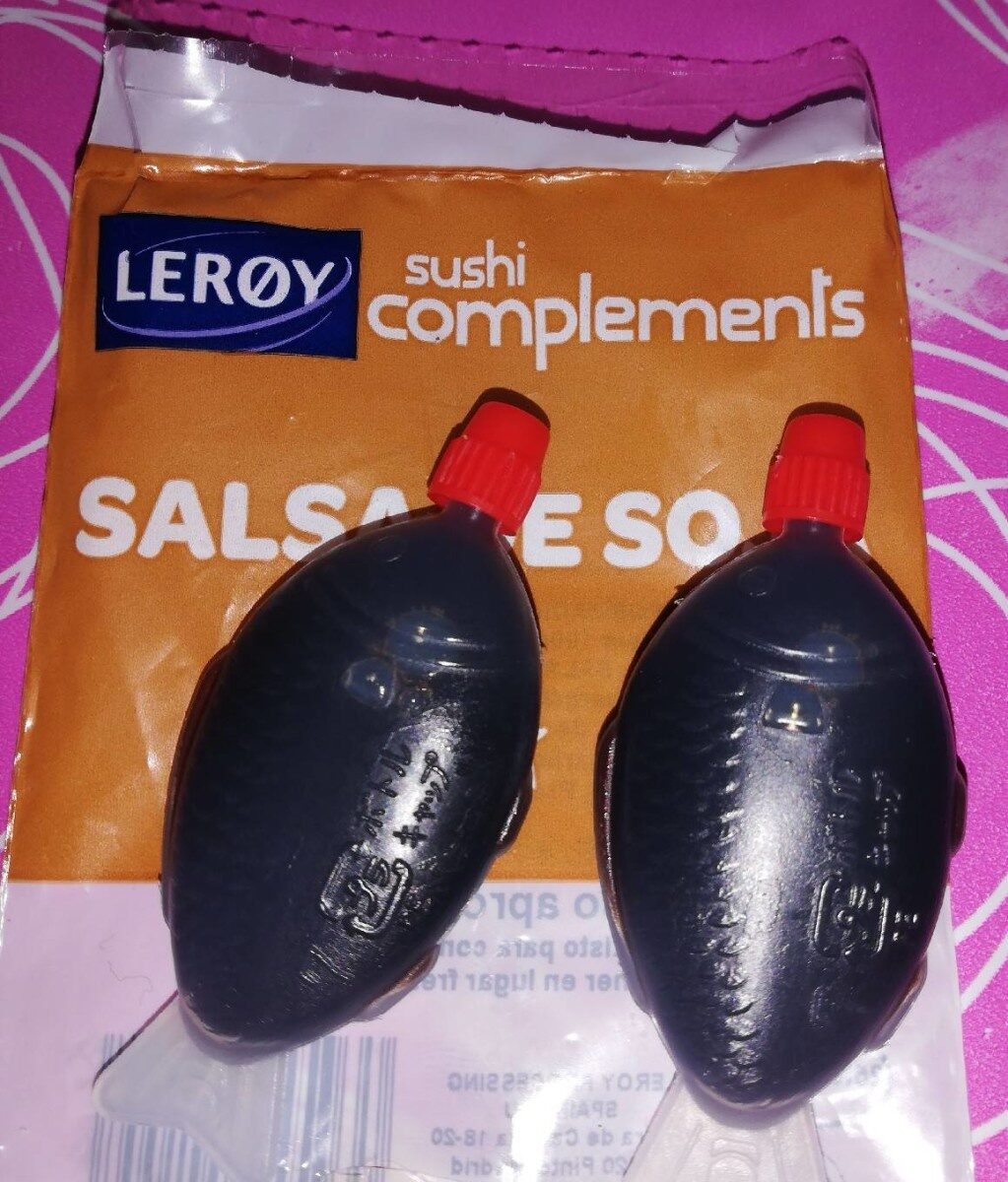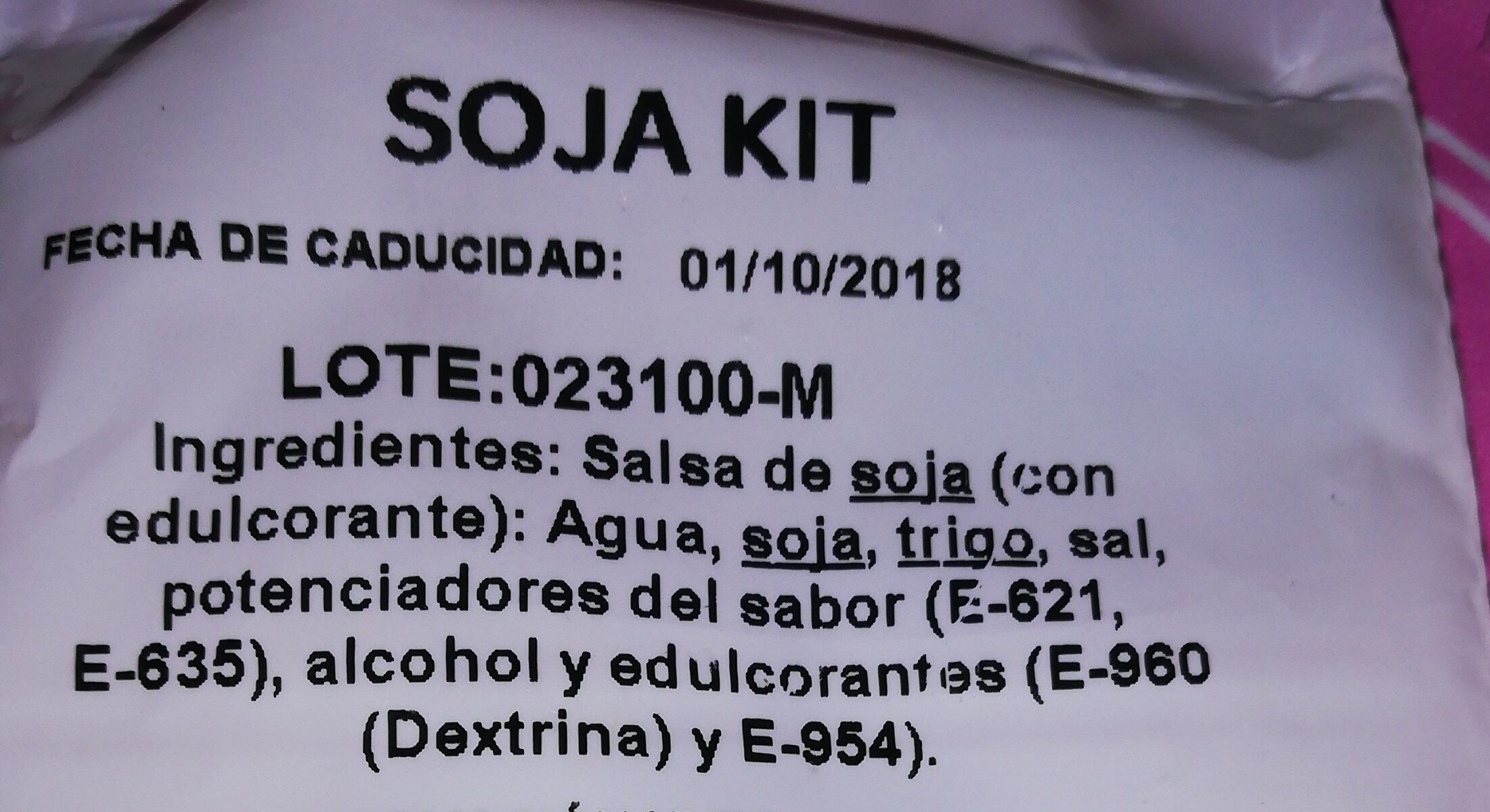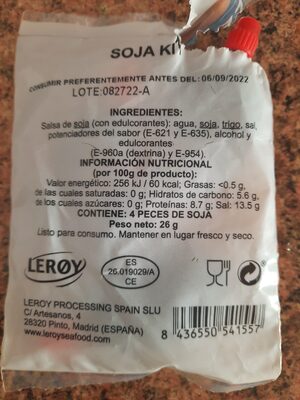Soja kit - Leroy - 26 g
Aquesta pàgina del producte no està completa. Podeu ajudar a completar-la editant-la i afegint-hi més dades a partir de les fotos ja disponibles, o fent-ne més amb l'aplicació de androide o iPhone / iPad. Gràcies!
×
Codi de barres: 8436550541557 (EAN / EAN-13)
Quantitat: 26 g
Marques: Leroy
Categories: Condiments, Salses, en:Soy sauces, en:Groceries
Etiquetes, certificacions, premis:
Punt verd
Matching with your preferences
Entorn
Petjada de carboni
Empaquetament
Transport
Report a problem
Fonts de dades
Producte afegit per kiliweb
Última modificació de la pàgina del producte per naruyoko.
La pàgina del producte, també editada per ecoscore-impact-estimator, elcoco, inf, marionmoseby, musarana, openfoodfacts-contributors, roboto-app, yuka.AbpQO9TSRdEnDvDZ8bAx5ACfCuzsDs5ZG0IHog, yuka.KrpMP_XbIPIEFfbu4bIpgwiVFuPOMcYEPkAVoQ, yuka.ZmZ3dkFZaGRvY2cweThVeXdBemw5dnRPeDQ2cFJrZTdKdlk3SVE9PQ.
Si les dades són incorrectes o incompletes, pot completar o corregir editant aquesta pàgina.










